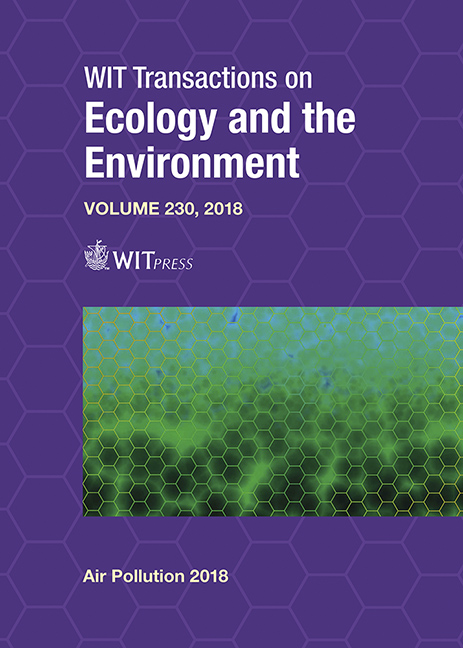THE COMPARISON OF LINEAR MODELS FOR PM10 AND PM2.5 FORECASTING
Price
Free (open access)
Transaction
Volume
230
Pages
11
Page Range
177 - 187
Published
2018
Paper DOI
10.2495/AIR180161
Copyright
WIT Press
Author(s)
PIOTR KOWALSKI, WIKTOR WARCHALOWSKI
Abstract
Air pollution is a very serious problem in Poland and elsewhere, and it is a factor that significantly affects the quality of human life. However, people are not fully aware of the terrible air quality due to the insufficient number of monitoring stations. This means they have no access to information about the quality of the air they breathe. The aim of this paper is to present and compare some linear procedures for PM10 and PM2.5 forecasting. Herein, the simulations concerning investigated prediction algorithms are based on real data originating from the Airly company network of pollution measurement stations. Related data, including measurements, were gathered every hour for a period of about one year, moreover, for forecasting purposes, weather data from the Dark Sky portal was additionally used. In this study, several Machine Learning predictive methods are considered. Among these, the results of three are presented. These are: Multiple Linear Regression, Multiple Linear Regression with Regularisation and, finally, Linear Neural Networks. The task for each predictive algorithm was to predict the concentration of PMx dust in the following hours of the next day. As a measure of the prediction task evaluation, several types of error were considered, while, during the research, machine learning group algorithms were utilized as learning models. Via these advanced, efficient and convenient algorithms, a detailed air quality forecast for the next 24 hours is obtainable. The presented algorithms will be implemented into the common air condition prediction system.
Keywords
air pollution prediction (forecasting), particulate matters, machine learning, regression task, linear model, linear neural networks





